Extremely high temperature and drought appear in many places, is it related to climate warming?
Author:Institute of Physics of the Ch Time:2022.09.02
This summer is the hottest in the past ten years, and it may also be the coolest to the next decade. Compared with the global average temperature from 1950 to 1980, the temperature in the world today has increased by about 0.85 degrees Celsius or higher. According to the forecast of the climate model, in 40 years, the increase in temperature will reach 1.5 degrees Celsius. You may ask: How can you be so important to warming 1 degree Celsius? After all, when our air -conditioned room increases from 25 degrees Celsius to 26 degrees Celsius, we may almost not feel any difference.
But think about the size of the entire earth, which is only 1 degree Celsius that means the increase in huge energy. This is actually an astronomical figure. Increased 1 degree Celsius means that the atmosphere alone contains about 5 × 10^21 scorched ears. If we also consider that the ocean and atmosphere of several meters have reached thermal balance, this energy reservation value may double. If we have no concept of this huge number, then another example is more than all the energy contained in the world's known petroleum reserves.
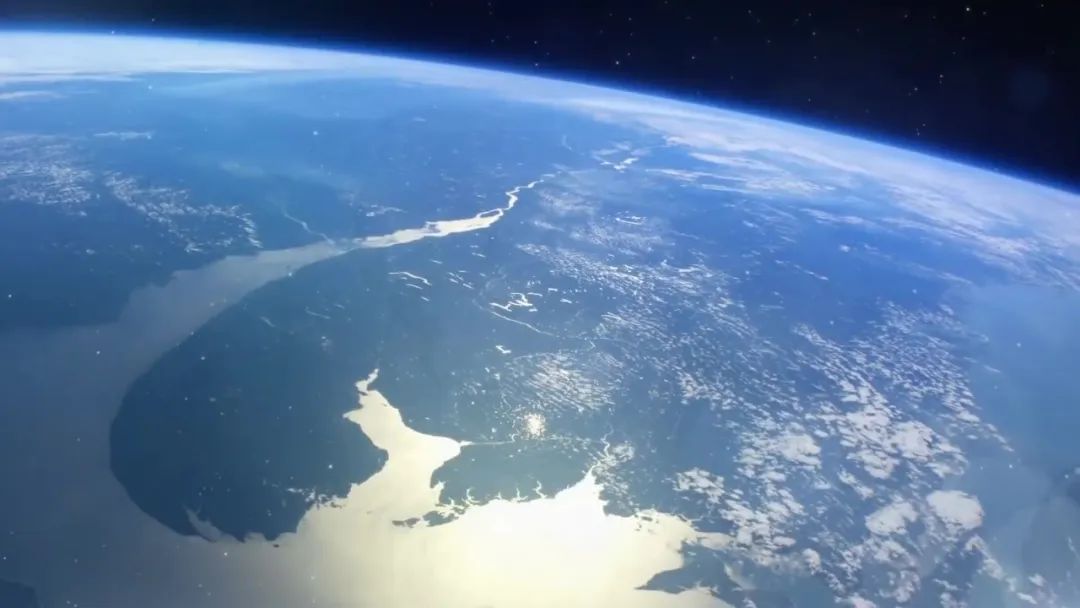
There must be one place to increase the energy reserved on the earth, which has caused many disasters. More water evaporates from the surface of the earth, leading to severe drought in some parts of the world, while more severe rainfall occurs in other regions. In addition, it also increases the energy contained in the typhoon, causing greater damage to the coastal areas. The warm environment also caused the melting of polar sea ice and led to rising sea planes.
What is a climate
At present, most people think that the world is experiencing climate change. But a small number of people believe that the climate has not changed at all, and climate warming is a scam. The reason for this controversy is that the earth has experienced many temperature cycles in the past.
To discuss the climate, we should agree on the meaning of the climate. Just because this summer is hotter than last summer, it does not mean that the climate is warming. The difference between the climate and weather lies in duration: When we talk about weather changes, it may be several minutes, hours, days, or even months. In the short term It is measured for decades, usually more than 30 years, and it describes the overall trend for a long time in a specific place.
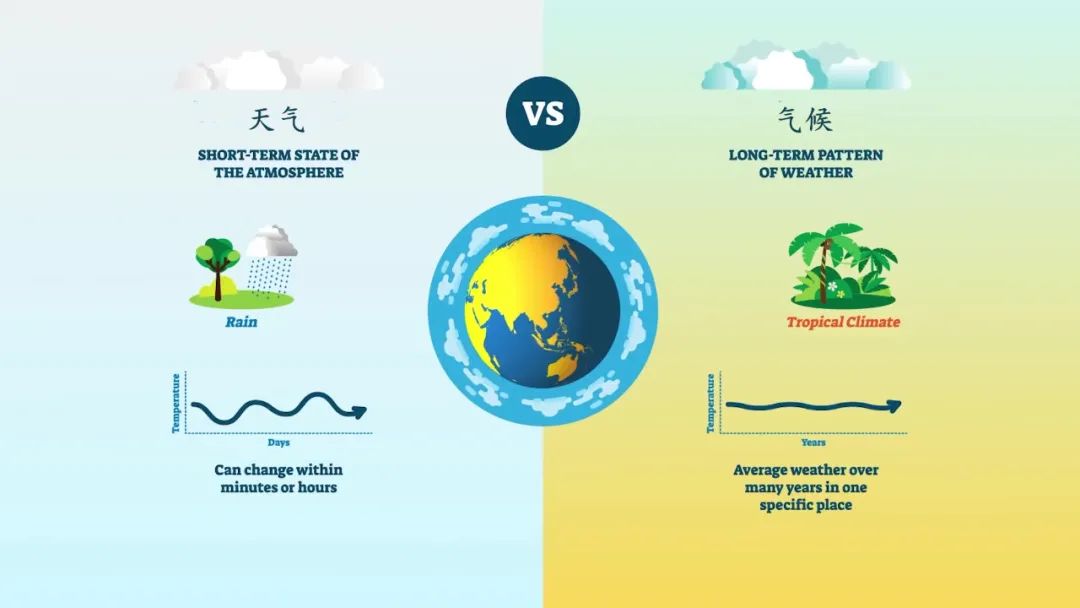
When we talk about global temperature rising, it is just average. The degree of warming in some areas will be low, some areas will warmer a lot, and even some areas may become cold. For example, some areas in southern Africa rising about 2 degrees Celsius, the North Election temperature is about 4 degrees Celsius, and the southern end of Greenland seems to be cooling. Due to different geographical environments, the global temperature trends are not uniform. However, when scientists calculate the overall average temperature and the trend of decades, their conclusions are that the climate is indeed changing.
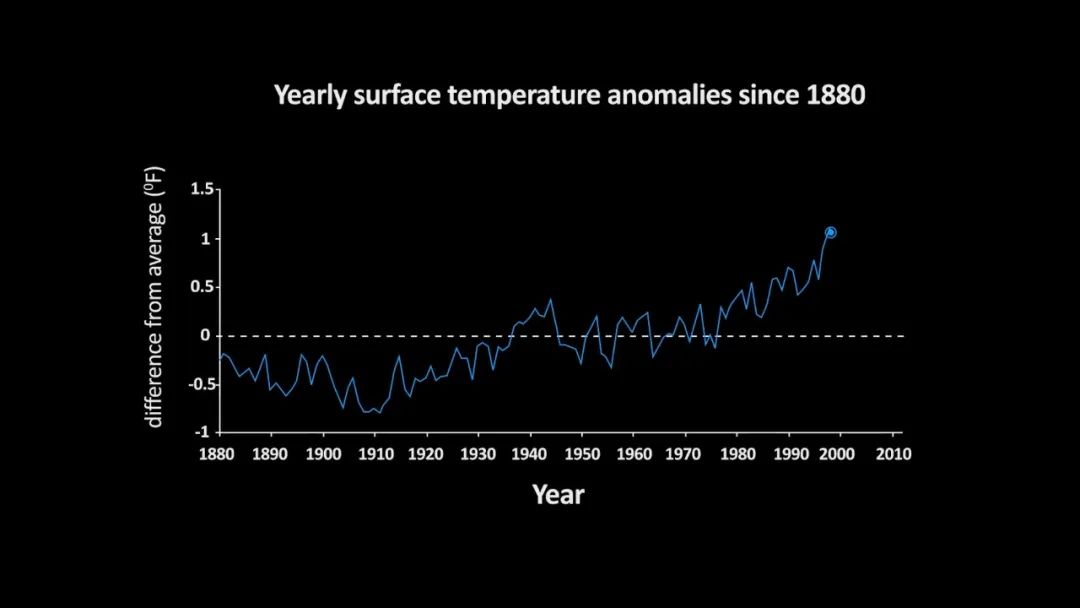
Evidence of humans caused climate warming
We know that greenhouse gas such as carbon dioxide is the cause of climate warming, but the carbon dioxide increase caused by continuous eruption of volcanic eruption in the early Earth. So, what evidence can support human carbon emissions at present is the direct cause of global warming?
The most convincing evidence is the study of carbon isotopes in the atmosphere. Fossil fuel comes from ancient plants, of which carbon 12 and carbon 13 are higher than air. With the burning of fossil fuels, the proportion of atmospheric carbon 12 and carbon 13 is expected to rise, which is exactly what we see in the data. On the other hand, volcanic eruption will increase carbon 13 instead of carbon 12 in the atmosphere. In fact, the volcanic carbon dioxide emissions are only one percent of us, so it should not be responsible for the current climate warming.
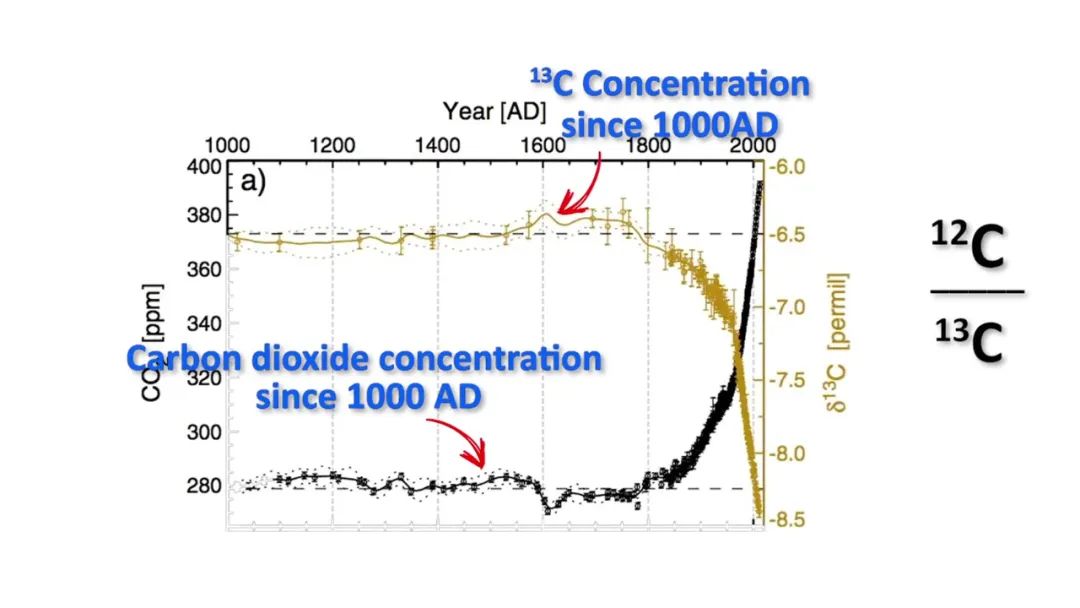
Some people think that warming is the natural climate cycle of the earth? According to the evidence of ice core, we know that at the end of the previous Ice Age, the earth warmed at an average of about 0.06 degrees Celsius every 100 years. But what we see today is at least 10 times the increase. When simulation of the natural reasons of climate change, they predict that the temperature will not change in the 20th century, and even slight cooling will occur. But when we join the non -natural impact caused by artificial source emissions, it is closer to the results we have observed now. If we combine natural effects with non -natural effects, simulation almost fully meets the measurement data.
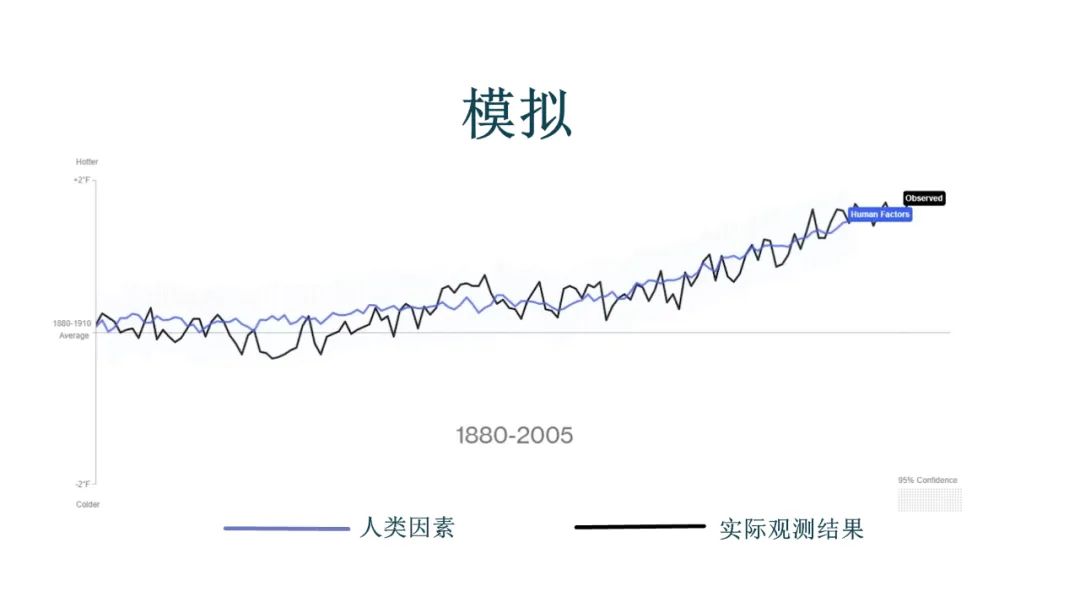
Carbon dioxide emissions are not the only cause of global warming. Other greenhouse gas has exacerbated this situation, such as methane processed from farm animals and natural gas processing, let alone nitrogen dioxide in chemical fertilizers. Coupled with the past 100 years, humans have been cutting forests, which has led us to lose its natural carbon absorption foreign exchange, and the impact has become more obvious.
Why does high temperature cause extreme weather
The higher overall temperature leads to more extreme weather. How does this happen? When we say that extreme weather causes damage, it means it gives energy. In physics, we can simply write merits as changes in kinetic energy, that is, energy is required to cause any type of weather damage. For example, wind acts on the earth and causes storms or tornadoes to need energy. Where does this energy come from? The brief answer is the sun.
In fact, almost all the energy on the earth comes from the sun in some way. When the sun heated the earth, heating is unequal. The air on land is more dry and faster than the ocean. This is because the water is much higher than the heat capacity than the land, which means that heating ocean requires more energy than land, so it is usually colder than land.
The hot air like a hot air balloon will rise. As the hot air from land rises, the clouds will form a cloud, and the cold air from the ocean will come in to fill the gap, so the wind is formed. Because of low hot air density, we get a low -pressure area, and the cold air at sea has high pressure. The air flows from high pressure to low pressure, which will generate wind. If the pressure difference is very large, the wind may be stronger. In order to complete the cycle, the hot air rising in the atmosphere was finally pushed to the sea, where it cooled down and continued to complete the cycle. With the warming globe, the sun heats the earth more, resulting in a greater pressure difference between the ocean and land, so the wind may be fierce and the cycle will be faster. Because the water circulation is included in it, and global warming has led to more water evaporation and the air contains more water, the rainy areas will encounter more precipitation, which will lead to floods. Those areas with small rainfall have evaporated more surface water due to rising temperatures, which leads to drought occurring.
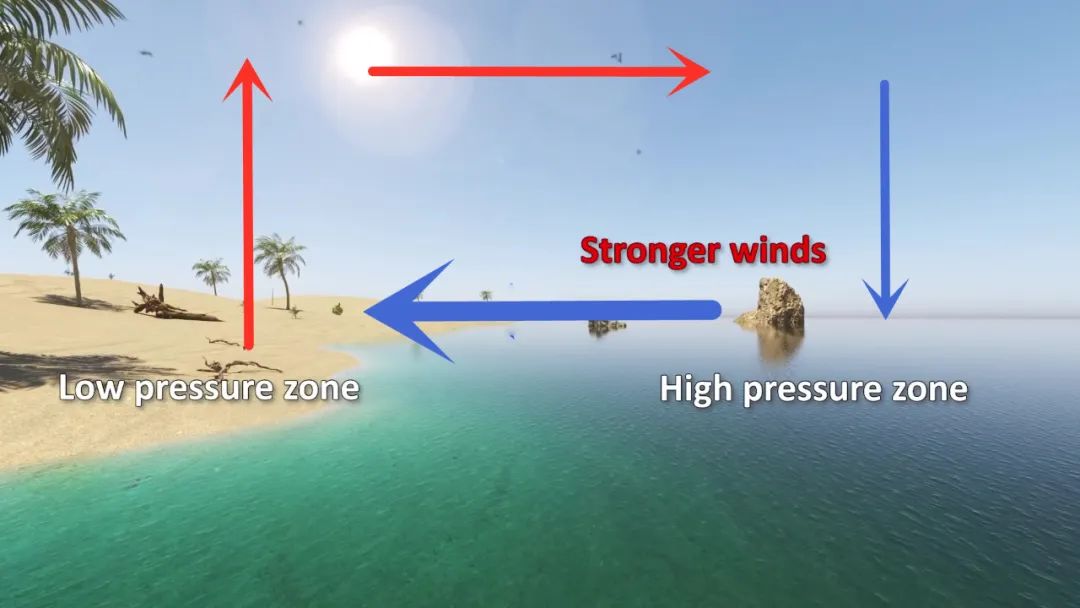
Reprinted content only represents the author's point of view
Does not represent the position of the Institute of Physics of the Chinese Academy of Sciences
If you need to reprint, please contact the original public account
Source: Vientiane experience
Edit: Cloud Kaiye
- END -
Hubei!Hubei!Good "screen" like a tide!

Together by the Central Radio and Television Terminal and the Ministry of Industry...
Statium | "The United States attaches importance to basic science" the real significance of the mythology

Author: Jiang Xiaoyuan Shanghai Jiaotong University Lecturer Professor, the first ...